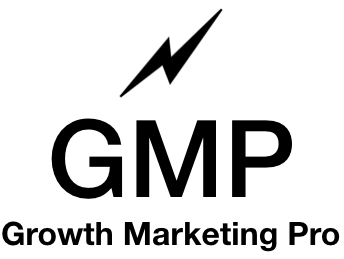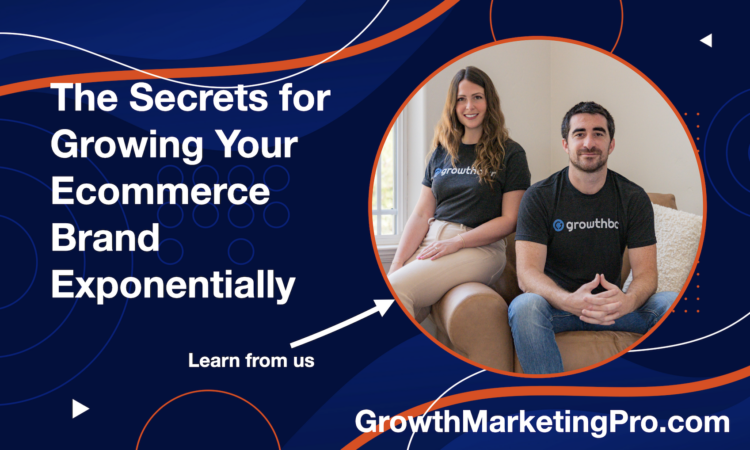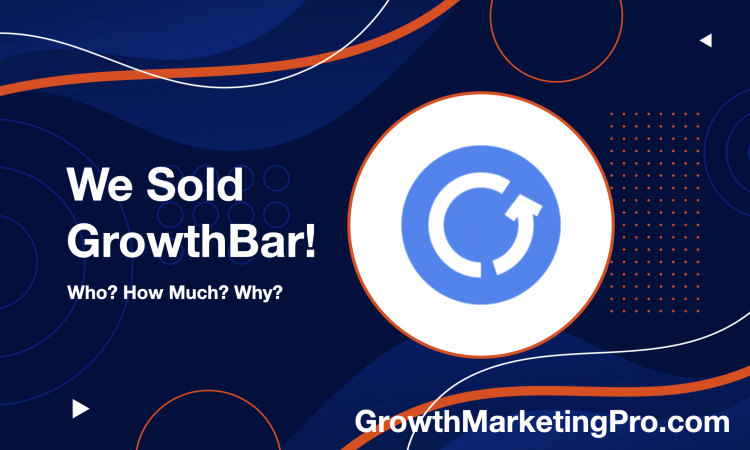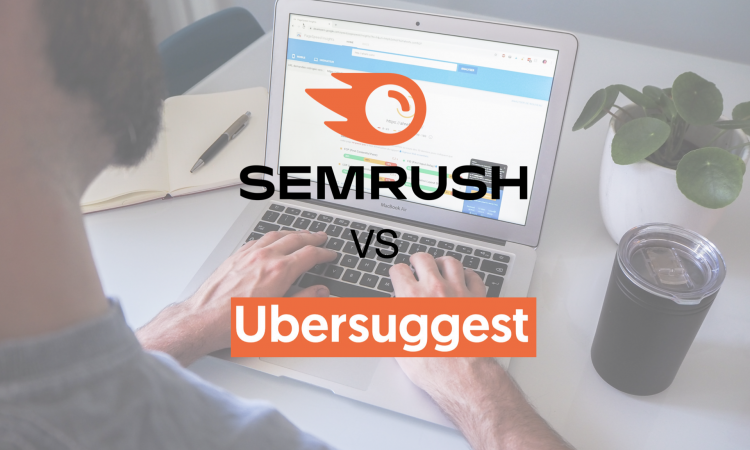- The 11 Best Landing Page Builder Software Tools [2024] - April 16, 2024
- 17+ Best AI Writing Software Tools [2024] - February 15, 2024
- How to Grow Your Ecommerce Business Exponentially: 11 Growth Hacks - January 6, 2024
My first business was an ecommerce store called BeGood.
I started it over 10 years ago — we even opened a physical store in San Francisco!
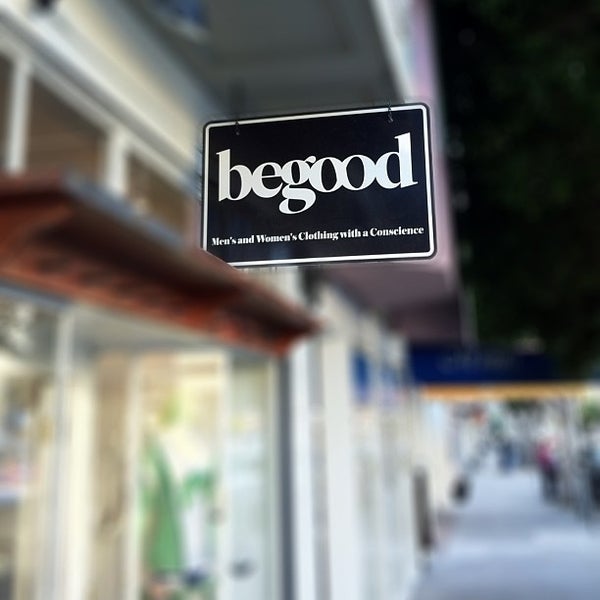
We eventually sold it (for less than I would have liked) and I went off to lead marketing at consumer brands like PlushCare and Minted.com… before selling my consumer SaaS, GrowthBar.
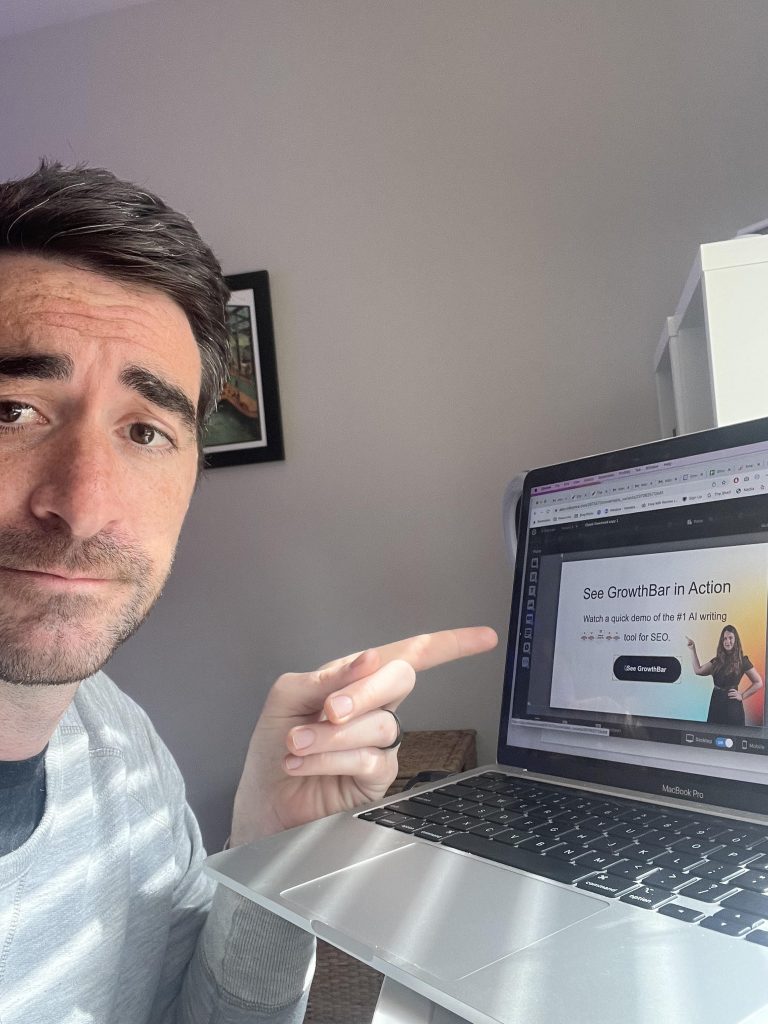
I know consumer marketing. And I know something about hacking ecommerce growth! That’s what this post is about.
Whether you’re witnessing paltry traffic numbers or just a trickle of conversions, it’s time to unlock the true potential of your online store.
Table of Contents
How to Grow Your Ecommerce Business: The Foundation of Success
Before you waste your time reading this list of the best ways to grow your ecommerce business, I have to ask you these questions:
- Do you have strong margins? I truly believe you need 70%+ margins on your product (revenue minus cost of goods) to have a chance of competing in the ecommerce world… unless you plan on getting all your traffic from organic social or SEO.
- Do you stand by your product? The best ecommerce businesses make a killing via repeat sales and referrals. In other words, do people love your product enough to buy from you again or tell their friends about you?
- Do you have a product with some natural demand? 87% of ecommerce sales begin with a Google (or Amazon, TikTok, or Instagram) search. So if you have a product that people are looking for already, you’re starting from a good place. But don’t despair if you don’t, not all is lost!
- Do you have the work ethic? Unless you have venture backing like Everlane, a viral TikTok product like Starface, or a celebrity brand like Selena Gomez makeup, you’re going to have to hustle. This isn’t 2015 where ecommerce ads were cheap and the internet wasn’t so damn crowded.
Now that those things are out of the way, let me jump in with the best ways to hack growth for your ecommerce business.
1. Launch Right
Your launch strategy is crucial.
Why?
Well, because it only happens once. If done correctly, a business can launch with a lot of captive eyes and a lot of buzz. Eyes on your site –> customers.
For one day, your site gets to be the new kid in school. Press and social media influencers should take notice.
Your friends and family will buy your product or service! If you aren’t telling everyone you know about your online business… well, it would be silly not to.
So if you’re launching soon:
- Use a long waitlist like Jet.com or Robinhood.
- Email your friends, family, colleagues, and anyone else who will listen – your first customers will come from this group, I promise you.
- Seed the internet on platforms where your audience hangs out: Reddit, Twitter, ProductHunt, tech forums, AppSumo, etc.
- Please, please contact editors and publications that cover your space. Reach out to influencers, fashion websites, tech blogs, and whoever else will listen. It’s simple: make a list of them, find their email addresses, and manually reach out to them and tell them why they should care. Even better, send them a product!
📚 Read more about how to launch a digital business like a champion here.
2. SEO (In Some Cases)
SEO won’t work for every business. But for some, ecommerce businesses, it’s an absolute goldmine.
Which ecommerce businesses does SEO work for?
To explain: all things equal, SEO works much better for businesses or products with high search volume (or at least, moderate search volume).
For instance: nobody is searching for “hats for my pet lizard.” So even if you have an incredible product for that searcher, no one will ever land on it organically via Google search.
Some keywords are highly searched, but may also be highly competitive. You want to pick keywords with low competition. It would be stupid to try and rank above Amazon and Walmart for search keywords like “white t shirt.”
It would be much easier to rank for “blue men’s tie dye t shirt.” But of course, the search volume for that keyword is lower. It’s a balance of choosing keywords with decent enough search volume and not too much competition.
Don’t worry, pockets of SEO arbitrage exist all over the internet! So you may be in luck. But do a little keyword research with a tool like Semrush or GrowthBar before diving in head first.
Here are some things to take to the bank when developing an SEO strategy:
- Incorporate high-quality, keyword-rich content that delights both search engines and human readers alike. Include the keywords in your product names, product descriptions, URLs, and anywhere else you can!
- Consider planning your product roadmap to pursue products with search volume and low competition.
- Add a blog to your site and fill it with great long-form content.
- Architecture matters: a well-structured site with clear navigation aids search spiders and shoppers in their path to discovery. Think this: Homepage » Category Pages » Sub-Category Page » Product Pages
- PR: yes, press coverage helps your SEO efforts by increasing your domain authority via backlinks.
📚 Read more about ecommerce SEO here.
Need an SEO tool? Read this blog post.
Need an agency? Talk to Growth Marketing Pro
3. Google Shopping Ads: The Quintessential Tool for Ecommerce Growth
So if there’s search volume for your product, that opens your ecommerce business up to Google Shopping Ads, which today, are probably the strongest Google Ad unit on the internet.
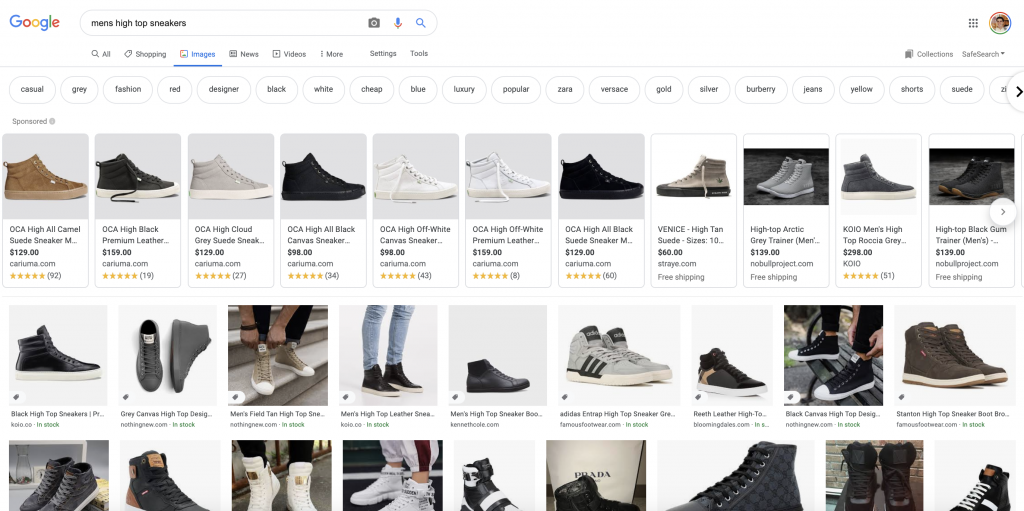
Google Shopping Ads are profitable and relatively easy to manage. All you need is:
- A Google Ads account
- A product feed (spreadsheet of your products), which can usually be created and optimized automatically with your ecommerce software like Shopify or WooCommerce.
- A couple thousand dollars to spend in order to get the campaign off the ground
I’ve seen Google Shopping campaigns return 300-500% ROAS.
That means for every dollar spent, campaigns can yield $3 or more dollars in profit.
Pretty good deal, right?
To do Google Shopping right you should:
- Have high-quality images of your products (I hope you have these anyway)
- Have compelling product descriptions that include the keywords you want to bid on. Google determines when to show your ads based on the keywords you use.
- Use an automated bidding strategy: use one of Google Ads’ automated bid strategies like “target ROAS” to run your campaigns. Google’s automated bidding works extremely well for ecommerce shopping ads.
- Optimize by removing products that aren’t converting.
Need an agency? Talk to Growth Marketing Pro
4. Recruit Influencers, Or Better Yet, Multilevel Marketers
Multilevel Marketing (MLM) may evoke mixed emotions, but when strategized effectively, it can be a game-changer.
I know it sounds icky, but multilevel marketing catapulted brands like Mary Kay, Herbalife, and LuLaRoe to billions in revenue. Multilevel marketing is like affiliate marketing, but even better. And in my opinion, not enough ecommerce marketers talk about affiliate marketing or MLMs.
By building a network of passionate advocates, you:
- Tap into the personal circles of each distributor, organically multiplying your reach.
- Each member of your MLM brigade acts like a node, spreading information, influence, and interest.
- And promoters give rise to more promoters
So even if you don’t go the multilevel route – whereby each participant has to buy inventory and then gets a cut of their “downline” sales – recruiting influencers can be wildly profitable.
Brands like Promix are doing this really well today. The founder hosts Instagram sessions where he motivates, preaches, asks for feedback, and generally has fun. It doesn’t feel salesy. But he helps his army of affiliate influencers better market the Promix product.

Gymshark’s partnerships team scouts talent to post content featuring their products. If you ever scroll on TikTok or Instagram, you’ll find a number of their brand ambassadors, known as Gymshark Athletes, showing their latest haul and sharing discount codes.
For example, @SopheAllen tries on her Black Friday haul items and points her followers to use her affiliate link to get up to 60% off.
My advice is to go after the small fish first.
Create a list of a hundred influencers with under 10,000 followers. Email or DM them, get them on board, and watch them multiply.
Use an affiliate marketing software to make tracking the whole thing easy.
5. Packaging and Experience
Seldom does the term “It’s what’s on the outside that counts” hold more truth than in the ecommerce world. The unboxing experience often sets the tone for the customer relationship.
Premium custom packaging and a unique unboxing experiences transforms the mundane act of cutting open some cardboard into a memorable event.

If you have the margin room, invest in a better packaging experience. For some tech hardware products, it will help the user actually engage with the product and find utility. For some ecommerce businesses, truly revolutionary unboxing experiences may lead to social posts and shares.
Focus on this tactile point of engagement, and you’ll witness a direct correlation to repeat business and word-of-mouth referrals. It’s worth the margin hit, if you reclaim that money and more in customer referrals and loyalty.
6. Encourage Repeat Business
Do you know the average Starbucks customer spends $14,099 over their lifetime?
That’s a whole lot of caramel macchiatos and scones.
Loyalty is not simply a buzzword; it’s the pulsing heart of a thriving ecommerce business.
Repeat business increases your customer LTV – that is the amount of revenue each customer delivers for your business.
Higher customer LTV means you can spend more money on acquiring customers, because that marketing spend (and more) comes back to your business quickly and can be recycled for more marketing.
Some ways to increase your repeat rate:
- Make sure your product kicks ass! If your product is good, people will come back. Seriously, obsess over it.
- I love to survey customers: An interesting psychology fact is that people are more likely to do something for you when they’ve already done something for you once. It’s called the Ben Franklin Effect. Ask your customers a favor (via a product survey) and delight them at the end with a discount on their next purchase.
- Triggered emails: At this point, this is standard, but you should trigger emails during big moments (if you have the data). For instance, if you sell pet products, definitely email your customer when it’s their pet’s birthday with a special discount!
- Implement SMS software to stay in contact with customers. Don’t abuse their phone number, but don’t feel bad about asking for it.
Also, try to upsell customers during checkout. For high-end products, you can include warranties as an upsell. Clothing businesses can flash small point-of-sale items at checkout, like a pair of fun socks, or subscription services.
Most of these retention and expansion tactics can be implemented with some simple software courtesy of Shopify or whoever your ecommerce provider is.
7. Go Multi-Platform, Go Global, Wholesale
74% of product searches actually happen on Amazon. So for the right product, launch on Amazon, Alibaba, Ebay, Etsy, daily deal sites, and wherever else your customers might be.
Second, you should go international. International markets are actually growing faster than U.S. markets in many product verticals.
Wholesale! If you have the margins for it and there’s demand for your product wholesale, then do it. I regret not going to the wholesale well earlier when I built my ecommerce business.
8. Build an Audience Marketing Something Else: The Indirect Route
Sometimes “selling” an ancillary product, such as a community, course, or an e-book, can be your most strategic move. It’s about:
- Delivering exceptional value beyond physical products.
- Building trust, authority, and an eager audience that’s primed for cross-selling.
Here are some examples:
- $100M+ revenue business, Ancient Nutrition uses a wellness community at DrAxe.com to drive sales.
- $10M+ revenue business, Tracksmith uses run clubs to engage long-distance runners.
- Outrageous men’s shorts company, Chubbies actually scaled to its first $10M by hosting parties at schools across the country. Yup, that’s it. They served beer and wore short shorts. People loved it – they sold fun, not shorts.
- Nike Run Club: Yup, even Nike uses “something else” to sell shoes. Use the app, find a running buddy (or 10), and run together!… and of course, buy shoes!

This ancillary product/audience maneuver is part of the reason clothing brands often align themselves with a sport. As you may be able to tell, it’s easier to find indirect routes when you’re targeting a super passionate audience (as athletes tend to be).
9. Go Viral
Seriously, just do it.
Some products have more virality baked into them than others. Products that are worn (clothing), are scroll-stopping, visually stunning, or otherwise weird tend to go viral more frequently than others.
I wish I could tell you how to do it. I can’t. But there are some best practices:
- Get a lot of at-bats: Sometimes it’s a numbers game. You may need to try many times in order to get viral pickup. Sometimes one image or one video is all it takes. That means you should invest in creative assets! Many ecommerce brands I know spend nearly 50%
- Think about the platform: Where does your audience hang out and what do they want to see? Going viral on Reddit is a very different equation from going viral on TikTok…which is very different than going viral on Twitter. Think about what goes viral on each of those platforms.
- Video: Video is the medium most likely to go viral.
- Be controversial: Ugh it sucks, but controversy sells. If you have a unique position or a take that even a former president would blink at, it probably has viral legs.
- Follow trends: It’s easier to go viral if you latch onto a trendy moment in your industry.
- Be gross, be weird: Yup, gross and weird shit goes viral.
Examples of ones that I love:
- GoPro’s #GoProChallenge encourages users to submit their action-packed videos, effectively turning customers into brand ambassadors and creating a community around their products.
- Dollar Shave Club’s launch video
- Poo-Pourri’s viral video
- United Colors of Benneton’s really racey (if you’re not into that kinda thing) ads
10. Ok, Meta Ads Work Sometimes
Meta (aka Facebook) has gotten really expensive to advertise on.
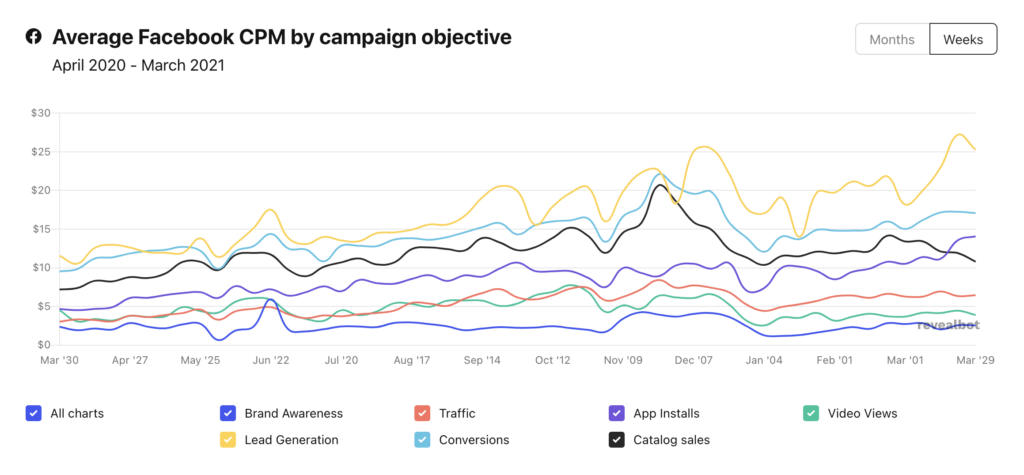
To make it work profitably you need one thing only: outstanding creative… and lots of it. Because Meta’s algorithm has gotten so good at identifying which audiences are likely to be profitable, the best way to stand out today is with excellent creative.
But what type of creative?
I’ve found again and again there are three types that work:
- User-generated content (UGC)
- Product shots
- Image ads with value propositions
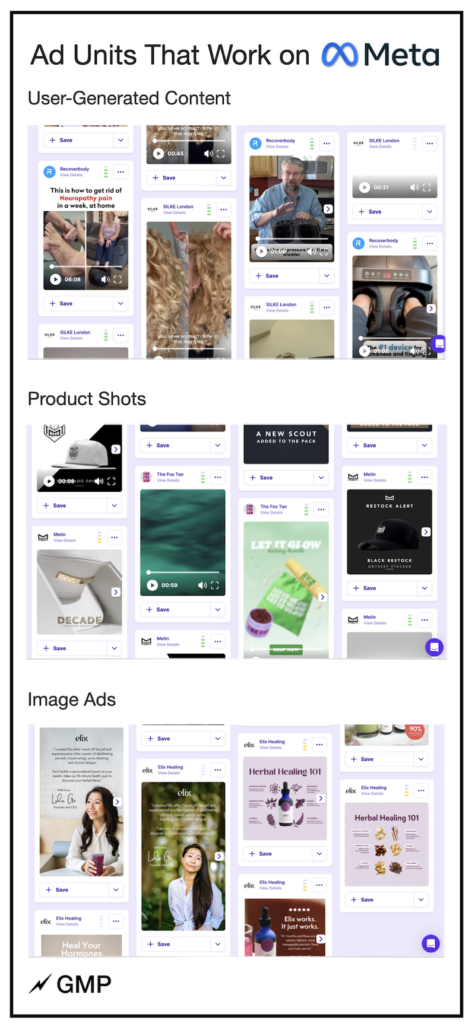
So while Meta is very expensive, it can work.
Here’s a few things to keep in mind:
- Serve the right ad to the right user at the right time: That means you should consider starting with user-generated content on broad targeting — or some other type of wide targeting audience (lookalikes work too). Then, retarget your audience with product shots and value prop ads. This way, you can hook your user with scroll-stopping UGC and close the deal with an ad that more directly sells.
- Engage with comments on your ads. Some people will hate what you’re selling and others will love it. If you see your ads getting comments, respond to them. It makes your ecommerce brand seem alive and trustworthy, and it allows you to objection handle.
- Finally, novel products or ones that are gross, weird, or revolutionary work very well. What would get you to stop doom-scrolling on your Instagram feed?
11. Organic Social Works
This one is a grind.
But in the world of high acquisition costs, organic (unpaid) social media still works. When I led growth marketing at Minted, still 5%+ of our sales came from organic social — that is just posting content on Instagram, Facebook, and TikTok. While organic social is a bit of a slog, it’s a numbers game too.
Just post and post a lot. It’s free!
The Finale: Sowing the Seeds of Ecommerce Success
There’s not really one silver bullet – well except for multilevel marketing (seriously, do it!).
Growing an ecommerce business is akin to nurturing a garden; it requires the right conditions, strategies, and tools for a bountiful harvest.
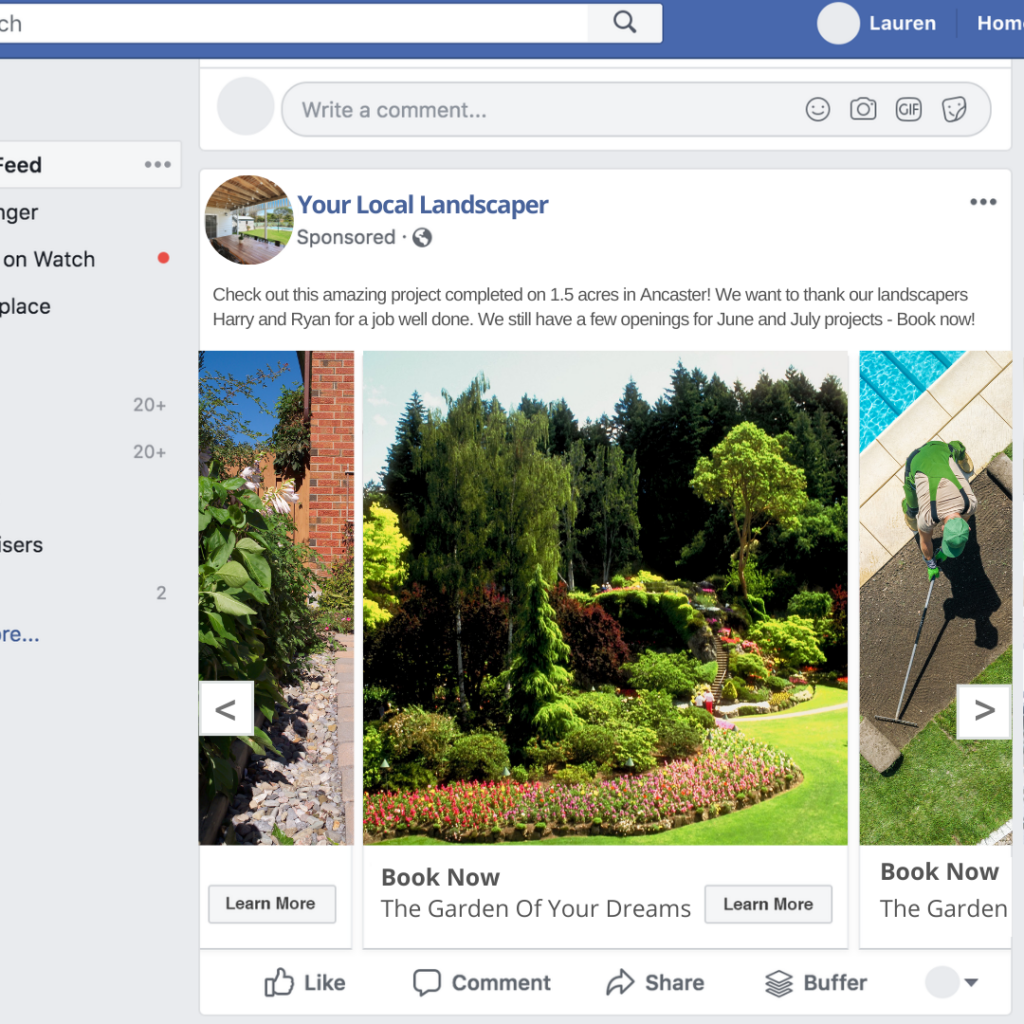
From SEO to social media, wholesaling to viral motions, each component is a vital seed that, when sowed wisely, can sprout into a towering tree of success.
To truly thrive, integrate these proven strategies with the pulse of your business, aligning them with your unique brand ethos and customer insights. Therein lies the path to exponential growth, a journey that is not just about selling products, but about creating an alluring digital ecosystem that customers love to return to.
Did I miss anything?
